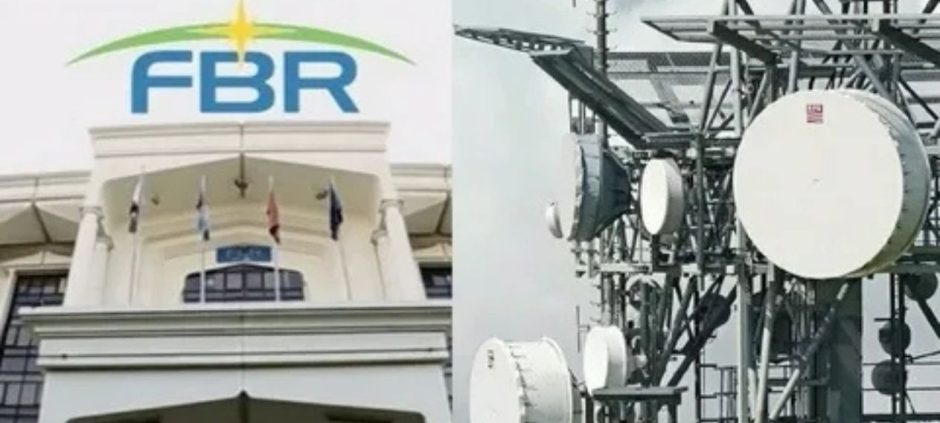The Federal Board of Revenue (FBR) has announced sweeping new measures that place video analytics and electronic monitoring at the heart of its compliance strategy in Pakistan’s sugar and cement industries. The move signals a significant push towards transparency and modern tracking of production and tax-related data.
According to the FBR’s directive, all sugar mills must now install advanced video analytics systems ahead of the upcoming crushing season, enabling real-time monitoring of production lines. At the same time, the cement industry will face stricter controls: starting November 1, no cement dispatch will be permitted without a unique tax-stamp or electronic ID on each bag.
The keyword “digital monitoring” is central to this development, as the FBR emphasises that real-time data collection and an integrated digital monitoring system are key. The sugar sector monitoring will rely on cameras, sensors, and real-time dashboards to capture production output, while the cement sector will be included under the so-called “track and trace” system, ensuring each dispatched bag carries a verifiable identity.
Importantly, the FBR sees this instance of digital monitoring as playing a dual role: enhancing tax collection and preventing under-reporting, and satisfying conditions set by the International Monetary Fund (IMF) for greater transparency in industrial production and tax compliance. Still, some industry watchers caution that while the technology promises enhanced visibility, it doesn’t yet fully replace earlier systems such as fiscal tax stamps and physical audits.
In a broader context, the FBR’s digital monitoring efforts come amid tightening oversight of other sectors and the revenue authority’s stated aim to leverage data and technology to curb informal economic activity and bolster formal sector contributions. Notably, this step aligns with recent moves by the FBR to also target social-media influencers for luxury posts, indicating a wider shift by the tax regulator into digital domains.
For industry players, the message is clear: sugar mills and cement producers must gear up for a new era of compliance defined by real-time digital monitoring. Non-compliance could invite regulatory action, while firms that adapt swiftly may gain competitive merit through adherence and transparency. Stay alert to further notifications and technology-integration deadlines from the FBR.











